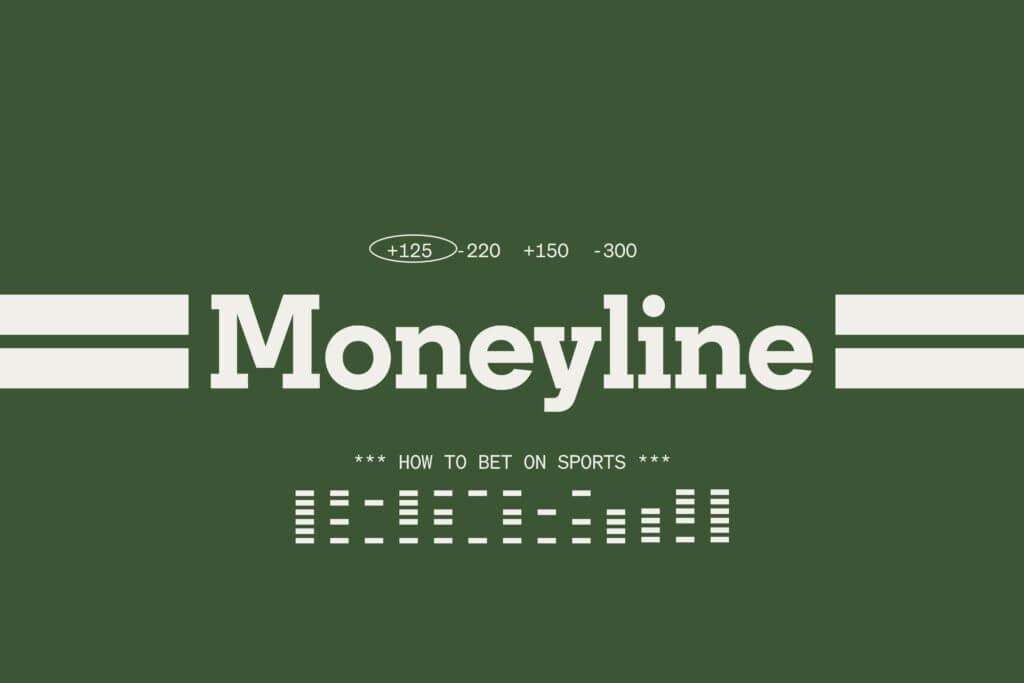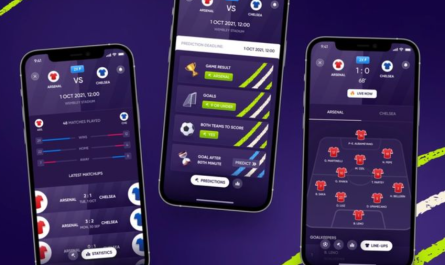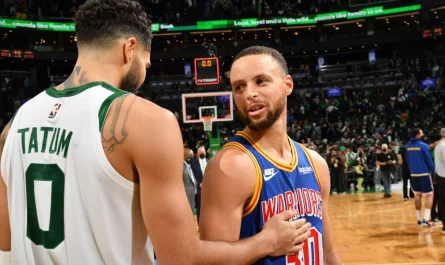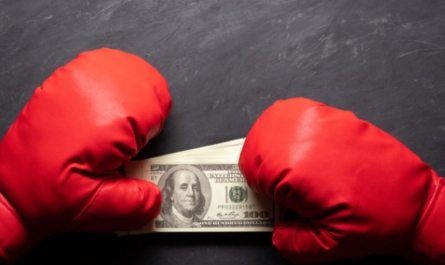It’s possible that you are aware of what 2-to-1 odds signify. I’ll give you 2-to-1 chances that you can’t hit that shot/win that race/catch that ball! Probably because you first heard it (or uttered it) on an elementary school playground!
If you accept such an offer, the person offering it will give you $2 for every $1 you choose to wager—but only if you triumph.
What you might not know is how one of the most common types of sports betting, known as the “moneyline,” expresses odds like 2-to-1. This lesson will go through all aspects of moneyline odds, including what they mean, how to understand them, how (and when) to place moneyline bets, and how they differ from point spreads.
How Do You Bet on the Moneyline?
What is the first thing you notice when you open a betting app or enter a physical sportsbook? Well, there are numbers—a ton of numbers. The moneyline, typically three-digit values always followed by a plus (+) or negative (-) sign, is located inside this immense sea of numbers.
Let’s look at what these numbers and symbols signify from a wagering standpoint.
Favorites
In a game, competition, or event, the “favorite” is the team that bookies predict will win. The negative sign (we’ll explain the “almost” portion later) is nearly always used to indicate favorites on the moneyline.
Let’s use the example of a moneyline favorite that is listed on the betting board as -180. The amount shown by the negative sign represents the minimum bet necessary to win $100. A bettor who wants to earn $100 will thus stake $180. Another bettor will stake $18 in an effort to win $10. Yet another bettor will stake $90 (or half of $180) in order to win $50.
Keep in mind that even if your side loses, the money you bet stays with the bookmaker. But, if your team wins, you get paid out $280 instead of $18 at -180 moneyline odds, which means that if you spent $180 to win $100, a winning bet would pay you $280.
Underdogs
The team with a plus sign is considered the underdog because bookmakers believe it has a higher chance of losing (on both the moneyline and point spread). A plus moneyline shows how much may be won for every $100 gambled, whereas a minus moneyline defines how much you must risk to gain $100.
A baseball game’s underdog is marked at +140, for instance. You’d want to stake $40. You will receive your initial $40 investment plus $56 in profit ($40 multiplied by 1.4), for a total of $96 if the underdog wins.
Therefore, the potential payoff increases with the amount of money you stake on an underdog.
In a similar vein, the potential payoff increases with plus-moneyline odds. For instance, a boxer is labeled as the underdog at +600. If you placed $100 on the underdog fighter, and they win, you’d win $600 in addition to your $100 bet, for a total of $700.
What if you wanted to place a $100 wager on the fighter at those same +600 odds? Your bet would be $16.67, with a payoff of $100.02.
Here is how to calculate it:
$100 (the amount you wish to win) (the amount you want to win) divided by 6.0, or +600 odds in decimal form, yields 16.67 (after rounding up)
Favorites Are Called “Underdogs”
You now know that underdogs are denoted by a plus sign, while favorites are denoted by a negative sign on any moneyline. Yet you might not be aware that a favorite might occasionally include a plus symbol.
Here is a brief justification: It’s far harder to predict a victor in individual competitions with dozens of contestants, such as golf and tennis tournaments, NASCAR races, cycling races, and so forth, than it is, for example, in a football game with only two sides.
So, the “favorite”—the person oddsmakers think is most likely to win—often has a plus sign when oddsmakers offer odds on certain specific events. The same is true with futures bets. The favorite typically enjoys plus-moneyline odds when placing preseason wagers on teams to win the Super Bowl, NBA Finals, or World Cup—or a player to win an MVP award.
These plus moneyline odds will, however, change to negative moneyline odds as a season or event proceeds and oddsmakers recognize a team (or player) that stands out from the rest of the field.
Pick ’em odds or evens
Moneyline odds may occasionally be shown as +100. The odds are referred to as “even-money.” In these situations, the oddsmakers predict a 50/50 coin flip.
You have the same chance of winning whatever amount you stake at +100 odds ($50 to win $50, $2,000 to win $2,000, and so on). Pick ’em, frequently abbreviated as “PK,” is the point spread betting equivalent of +100 moneyline odds.
Point spread vs. moneyline
One key distinction between moneyline and point spread wagers is that with the moneyline, you’re betting on a team or individual to win. You win your bet if that group, person, or team triumphs.
Point spread wagers, on the other hand, take into account what is known as a handicap; specifically, oddsmakers calculate a figure (point spread) that represents the margin by which they anticipate the favorite to win.
One thing the moneyline and point spread have in common is that both use the minus (-) and plus (+) signs to indicate favorites and underdogs, respectively.
The association between the moneyline and point spread is seen in the following two cases, one from the NFL and one from the NBA.
Denver Broncos vs. Las Vegas Raiders
If there was a point differential of Las Vegas Raiders -3/Denver Broncos +3 for a matchup between two bitter rivals. This indicates that oddsmakers predict a three-point victory for the Raiders because they are marginally superior.
In this case, if you backed the Raiders, your wager would win if they defeated Denver by four points or more. To win your wager on the Broncos, they would need to either win outright or suffer a loss of two points or less.
What happens if the Raiders triumph by a score of exactly three? All point spread wagers on both teams are cancelled; however, any moneyline wagers on Oakland would win, while those on Denver would lose.
Continuing with the Raiders vs. Broncos example, the moneyline odds would presumably be around Las Vegas -170/Denver +150 if the point spread was Las Vegas -3/Denver +3. Let’s assume you believe the Raiders will prevail, but you have doubts about their ability to “cover the point spread” (i.e., win by more than 3 points). Las Vegas moneyline wagers are an option.
You would need to place a wager at -170 odds (instead of the -110 odds attached to most point spread bets). Yet to win your wager, the Raiders would just need to prevail—even by a slim margin of one point.
Sacramento Kings vs. Golden State Warriors
The same concept also applies to basketball, as you can see in the following example of moneyline vs. point spread:
Golden State -11, Sacramento +11 in the point differential (-110 odds both ways)
Moneyline: Sacramento +600, Golden State -900
You could be tempted to wager the point spread if you believe the Warriors will defeat the Kings by more than 11 points (-11 points).
If you believe that the Warriors will defeat the Kings but are unsure if it will be a rout, you could consider placing a bet on the moneyline at -900.
Important disclaimer: If you want to win $100, you must risk $110 on a point spread betting (Golden State must win by 12 points or more), but $900 on a moneyline gamble (needing Golden State to win by any margin).
Read more here: https://www.forbes.com/betting/




